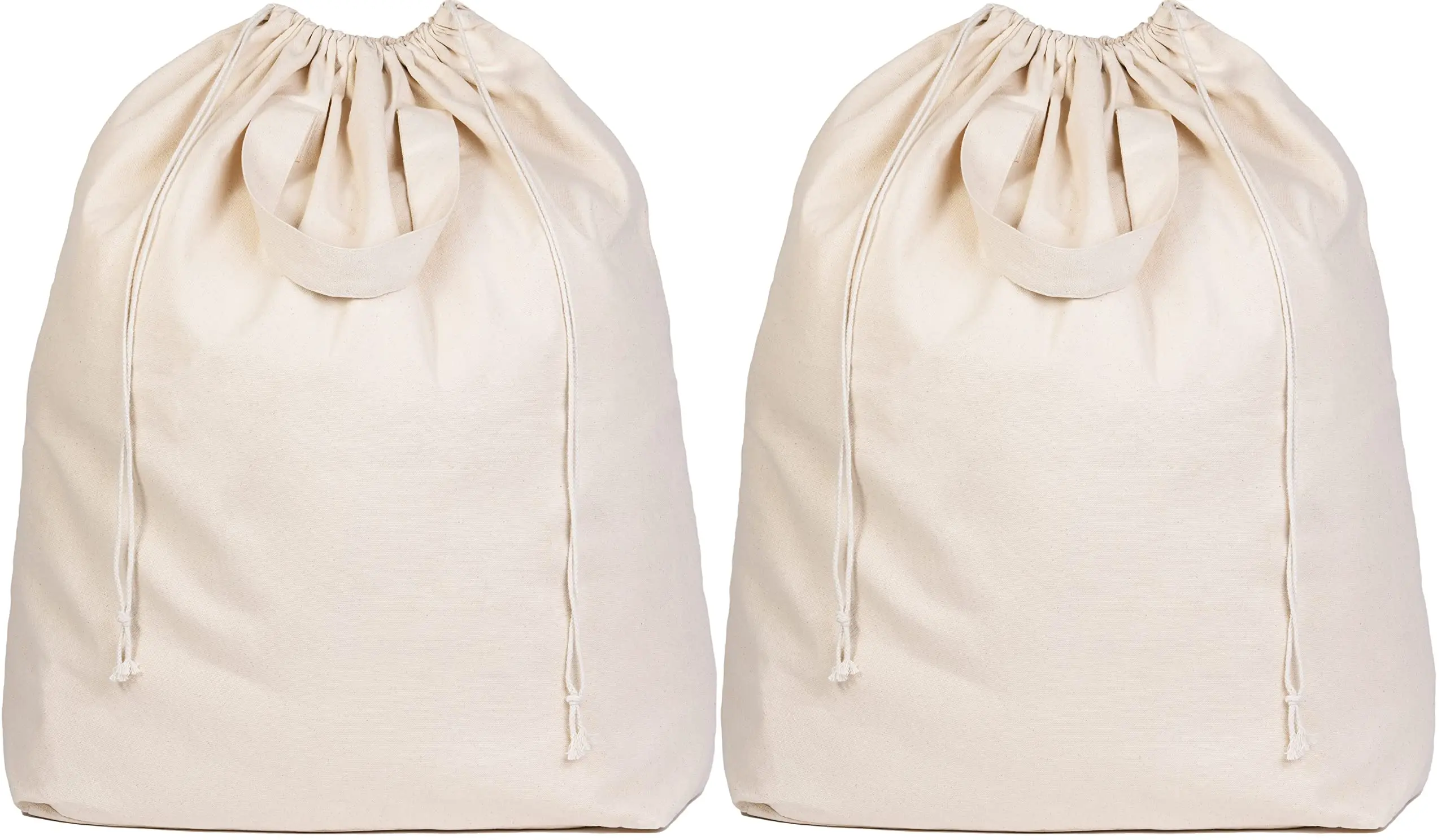Pajamas are an integral part of our daily lives, especially on cozy nights or leisurely mornings. Carefully selected pajamas can give us a feeling of warmth and relaxation. However, pajamas are used frequently, and prolonged wearing, improper washing and storage may make them stiff, faded and even lose their original comfort. Therefore, proper cleaning and maintenance can not only extend the life of pajamas, but also make them always as new. In this article, we’ll show you how to choose the right washing and care methods for different fabrics to ensure your pajamas stay in top condition.
Learn about fabric types
Recognizing Your Pajama Fabric
Pajamas come in a variety of fabrics, and different fabrics have different washing and care requirements. Common fabrics include cotton, silk, facecloth, polyester and blends. Cotton pajamas are popular for their breathability and moisture-wicking properties, making them suitable for year-round wear; silk pajamas are known for their smooth texture and high-end look, but their maintenance is more complicated; facecloth is suitable for the colder seasons and provides excellent warmth; and polyester is commonly used for functional pajamas due to its durability and ease of care. Additionally, blends combine the benefits of multiple materials, but also require targeted care based on the different components.
Before you start washing your pajamas, be sure to check the care instructions on the garment labels. These labels not only tell you the temperature and method of washing, but also help you avoid fabric damage and shrinkage caused by incorrect handling. By understanding the characteristics of different fabrics, you will be able to care for your pajamas in a more scientific way.

General Washing Instructions
Best Practices for Washing Pajamas
Regardless of the fabric of your pajamas, following some general washing guidelines will help prolong their life:
- Water Temperature Control: Cold or lukewarm water washing is recommended to avoid fabric shrinkage or color fading. Especially with pajamas like cotton or blends, washing at high temperatures can cause cotton fibers to shrink and affect wearing comfort.
- Choose a mild detergent: The chemicals in strong detergents may cause damage to fabrics, especially delicate silk and fine facecloth fabrics. Mild detergents can not only effectively remove stains, but also slow down the aging of fabrics.
- Turning pajamas inside out: Turning pajamas inside out during laundering protects the exterior of the fabric from wear and tear. This is especially important for patterned pajamas, as turning them inside out reduces the chances of the pattern fading.
- Sort by color: Wash dark and light-colored pajamas separately to prevent colors from bleeding into each other, especially for new dark pajamas, which are more likely to lose their color in the first wash. Sorting and washing can effectively prevent white pajamas from staining other colors.
Specific care tips for different fabrics
How to care for pajamas made of different fabrics
Each fabric has a different way of cleaning and caring for it, and by mastering these techniques, your pajamas will maintain their original comfort and texture for a long time.
- Cotton pajamas: Cotton pajamas are breathable but tend to shrink. It is recommended to use cold water machine wash, and low-temperature drying, which can prevent shrinkage, but also to maintain the softness of cotton fibers.
- Silk pajamas: silk is a more delicate fabric, need to be extra careful. It is best to use hand wash or cold water in fine washing mode to avoid friction damage during machine washing. Drying needs to be natural air dry, avoid direct sunlight, because ultraviolet rays will damage the luster of silk.
- Facecloth pajamas: Flannel pajamas are very soft and suitable for winter wear. Use lukewarm water when washing and choose low temperature drying to avoid fabric hardening. Excessive heat can cause facecloth to lose its soft texture.
- Polyester Pajamas: Polyester is very durable and easy to wash for frequent use. We recommend machine washing in cold water and selecting a low temperature for drying. Polyester fabrics are prone to static electricity, which can be reduced by adding a small amount of softener to the final rinse.
- Blended Fabrics: The care of blended fabrics depends on the ratio of the different components. Check the instructions on the label to ensure the proper washing and drying methods are used.

Top Recommendations for Cotton Pajamas
- $9.99 – $35.99Select options This product has multiple variants. The options may be chosen on the product page
- $13.99 – $35.99Select options This product has multiple variants. The options may be chosen on the product page
- $13.99 – $35.99Select options This product has multiple variants. The options may be chosen on the product page
- $13.99 – $35.99Select options This product has multiple variants. The options may be chosen on the product page
Proper drying of pajamas
Drying tips to prevent damage
The way you dry your pajamas also affects their longevity. You can choose to dry them naturally or in the dryer, each with its own advantages and disadvantages:
- Natural drying: Air drying is a gentle drying method that maximizes fabric protection. However, air drying requires a longer period of time and adequate space, and may be less convenient, especially in humid weather.
- Tumble drying: Tumble dryers are very quick, but care needs to be taken to set them on a low temperature mode. Drying at high temperatures may cause clothes to shrink, wrinkle and even damage delicate fabrics. For delicate fabrics such as silk, it is recommended to avoid using the dryer altogether and use natural air drying instead.
When drying, avoid direct sunlight, especially for silk and more brightly colored pajamas, as sunlight can cause fading and brittle material.

Ironing and storing pajamas
Keeping pyjamas flat and fresh
Ironing is an effective way to keep your pajamas neat and flat, but choose the right temperature for the fabric:
- Cotton and facecloth pajamas can be ironed using medium to high temperatures to remove wrinkles and keep them flat.
- Silk and polyester pajamas need to be ironed at a low temperature to prevent heat damage to the fabric. For silk, it is recommended to cover the fabric with a damp cloth while ironing to further protect its smooth surface.
For storage, it is recommended to fold the pajamas neatly and place them in a cool and dry place to prevent mold and mildew caused by moisture. Do not press the pajamas under excessively heavy clothing as this may cause lasting creases.
Preventing Wear and Tear
How to extend the life of your pajamas
To keep your pajamas in good condition and prolong their use, take the following steps:
- Trim Pilling: Fabrics such as cotton and facecloth may pill after prolonged use. Trimming pilling regularly with a lint remover will keep the fabric flat.
- Rotate: Avoid wearing the same set of pajamas every day. Rotation reduces the frequency of washing and slows down the aging of the fabric.
- Use a laundry bag: For pajamas made of delicate fabrics, such as silk or lightweight blends, a laundry bag can provide extra protection from scratches from other garments during the washing process.

Eco-Friendly Laundry Tips
Sustainable Pajama Care Practices
There are also small steps you can take to minimize your environmental impact when washing and caring for your pajamas:
- Use eco-friendly detergents: Choosing non-phosphate, non-irritating detergents can reduce pollution of water and soil, as well as being kinder to the skin.
- Reduce the frequency of washing: If the pajamas do not have obvious stains or odors, you can extend the time between washes, saving water and reducing wear and tear on the fabric.
- Opt for air-drying as much as possible: air-drying not only saves electricity, but also extends the life of your pajamas. Compared to the high heat of a dryer, air-drying is gentler and won’t damage fibers.
Following a proper care regimen is essential to keeping your pajamas comfortable and prolonging their life. Well-cared-for pajamas are not only soft and comfortable, they also improve the quality of your sleep. We hope these tips will help you take better care of your favorite pajamas and keep them with you longer!









